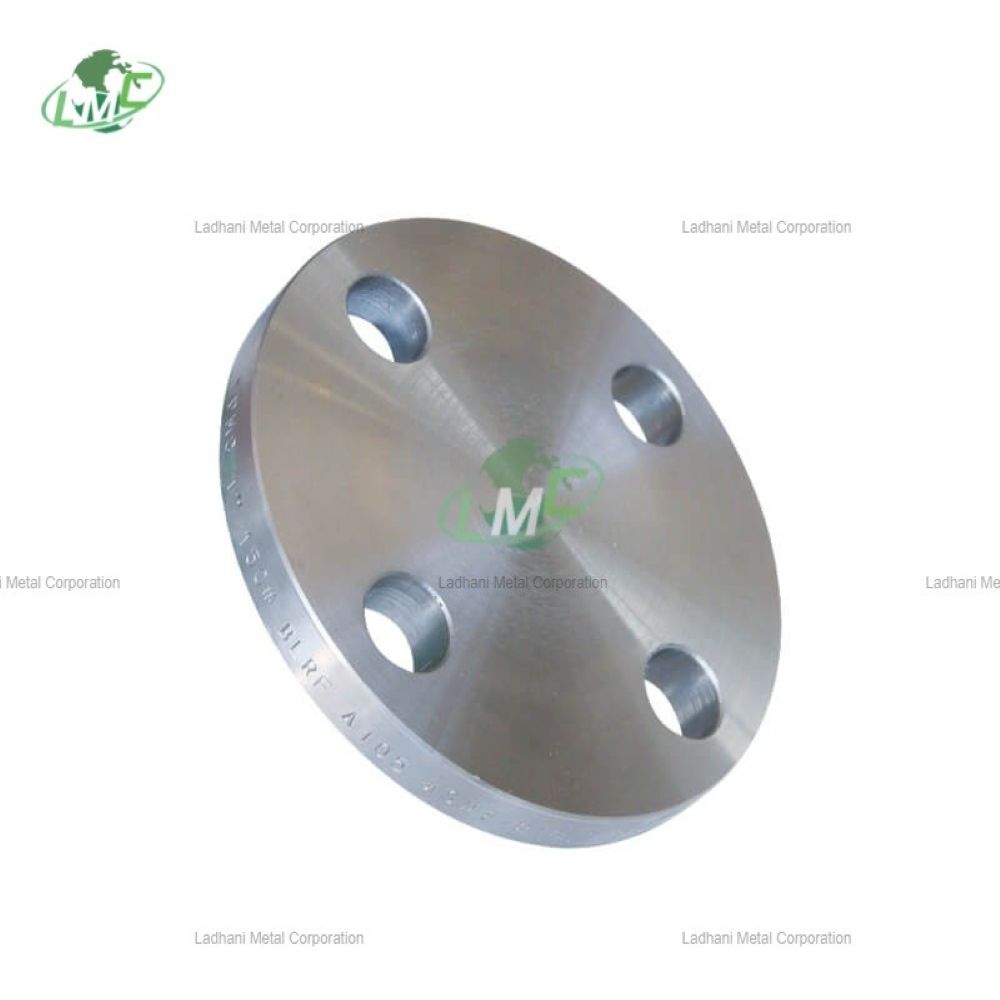Super Duplex Stainless Steel (SDSS) is an advanced type of Duplex Stainless Steel that combines the benefits of both austenitic and ferritic structures but with higher levels of chromium, nickel, and molybdenum, along with additional nitrogen content. This makes Super Duplex Stainless Steel (such as Super Duplex 2507) an ideal material for extremely demanding environments, particularly those exposed to harsh corrosive conditions. Material: Super Duplex Stainless Steel Superior Corrosion Resistance: Super Duplex stainless steels (e.g., 2507) offer exceptional resistance to pitting, crevice corrosion, and stress corrosion cracking (SCC), especially in environments with high chloride exposure. This makes them perfect for use in seawater, chemical processing, and offshore oil and gas applications. Strength: Super Duplex steels provide significantly higher tensile strength than standard Duplex and austenitic grades (such as 304 and 316), making them ideal for high-pressure and heavy-duty applications. Super Duplex steel has roughly twice the strength of 304 or 316 stainless steels. Temperature Resistance: Super Duplex stainless steels maintain good performance at moderate to high temperatures, typically performing well up to around 300°C (572°F). They can endure high-temperature environments but are not suitable for extreme high-temperature applications (e.g., above 400°C). Resistance to Chloride Stress Corrosion Cracking (SCC): Super Duplex stainless steels are particularly resistant to chloride-induced stress corrosion cracking, which is a significant advantage in industries that face exposure to seawater, brine, or other chloride-rich environments. Common Types of DIN 2527 Super Duplex Stainless Steel Blind Flanges: 1.4410 (F53): Offers excellent resistance to corrosion, high strength, and toughness, widely used in oil & gas, marine, and chemical industries. 1.4501 (F55): Higher alloy content, offering superior resistance to pitting and stress corrosion cracking, often used in subsea and offshore applications. 1.4412 (F60): Known for resistance to extreme environments like offshore and petrochemical industries. Design and Dimensions Shape: DIN 2527 blind flanges made from Super Duplex Stainless Steel follow the same general design as other flanges: flat, round plates with no central hole, used to seal the ends of pipes or pressure vessels. Bolt Holes: These flanges are equipped with bolt holes for bolting to other flanged components, ensuring a secure connection. The number and size of the bolt holes are determined by the flange's diameter and the pressure class. Thickness: The flange thickness varies depending on the pressure rating (e.g., PN 6, PN 10, PN 16, PN 25). Thicker flanges are designed to handle higher pressures, ensuring a secure seal and reliable performance. Pressure Rating: Super Duplex stainless steel blind flanges are designed for high-pressure environments. Due to their strength and resistance to corrosion, they are typically used in PN 10, PN 16, and PN 25 pressure ratings, although they can be designed for even higher pressure ratings depending on the application. Types of Blind Flanges in DIN 2527 (Super Duplex) Raised Face (RF): The raised face provides a contact area for a gasket, enhancing the sealing performance. This type of flange is commonly used with a gasket to improve sealing, particularly in systems that operate under high pressure. Flat Face (FF): The face of the flange is level with the surface and is often paired with a soft gasket to provide a tight seal. This design is typically used for low-pressure applications where sealing is not as critical. Ring Type Joint (RTJ): This type of flange features a groove for a metallic gasket, providing a secure seal under high pressure and harsh conditions. RTJ flanges are typically used in offshore oil and gas or chemical plants, where extreme conditions require highly durable sealing methods.
Send Message








